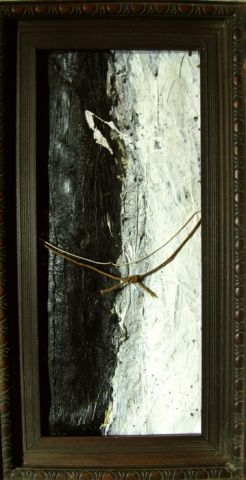I can’t believe it is nearly three weeks since I returned from my trip to London and only now am I getting to my neglected blog! How is it a change in physical location causes such a disruption to work schedules? Most of my time in London was spent working how could I have gotten so behind?!
Who knows? Anyway, to report, I had a fantastic time. The show I co-curated with Rosalind Davis, Extra-Ordinary, was a smashing success and the workshop with Ros and Becky Hunter was a hit too. And the review I wrote was published, here’s the link if you want to read it: http://whitehotmagazine.com/articles/arret-sur-l-image-galerie/2251
Extra-Ordinary was reviewed too and we are waiting for it to be published. It’s thrilling to have a review, no matter the outcome. All of us are on pins and needles waiting to know what was said.
I came away from London with two more shows to curate with two more curating partners and one artist signed up; a commission to write an article on reconciling late modernist abstraction and conceptualism, which is to say reconciling the inner self and the public self – these being the opposing views of the self represented in those two movements; and great times spent with friends. I go back in June.
I’m reading The Fold by Giles Deleuze in researching the first of the two curation projects. Half of it I can’t fathom, the other half is helping me define a parallel self. One of my friends asked me where I felt the self resided in the body, the mind or the heart. I had to stop and think about that because I didn’t have an answer. I don’t feel the self resides in the body, and I know that sounds strange. My response was, ‘I see the self as parallel,’ which surprised me as much as not having an answer to her question.
It goes back to that thing of thinking in twos I’ve mentioned before. So far, my reading of philosophy has mostly been about the self and I find that my pulse races a bit when philosophers, like Deleuze, Derrida and others, refer to a fold or an entre-deux . They are describing something which is one but differentiated. I’m curious to know how they reconcile this because it is something I feel I understand intuitively but can’t really describe verbally. I think I’m circling around it in my art, but I don’t think I’ve described it fully there either.
Basically, I’ve still got lots of homework to do…

